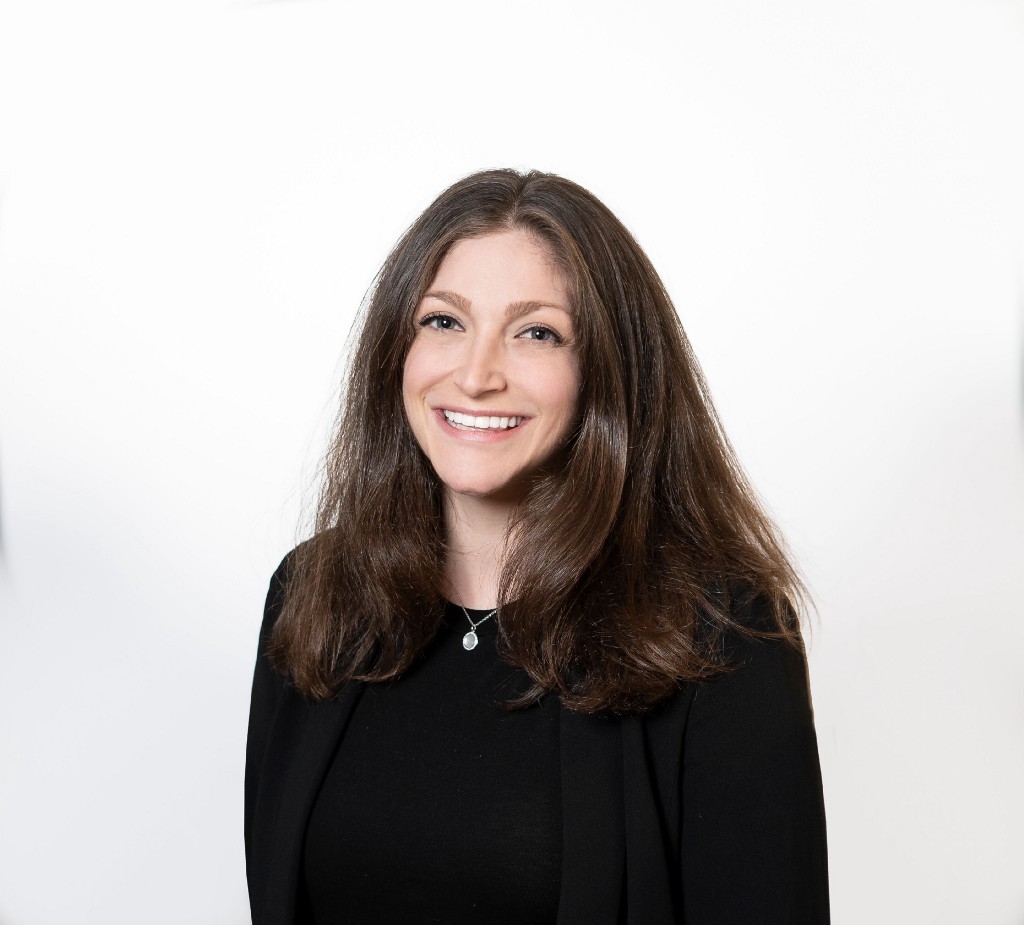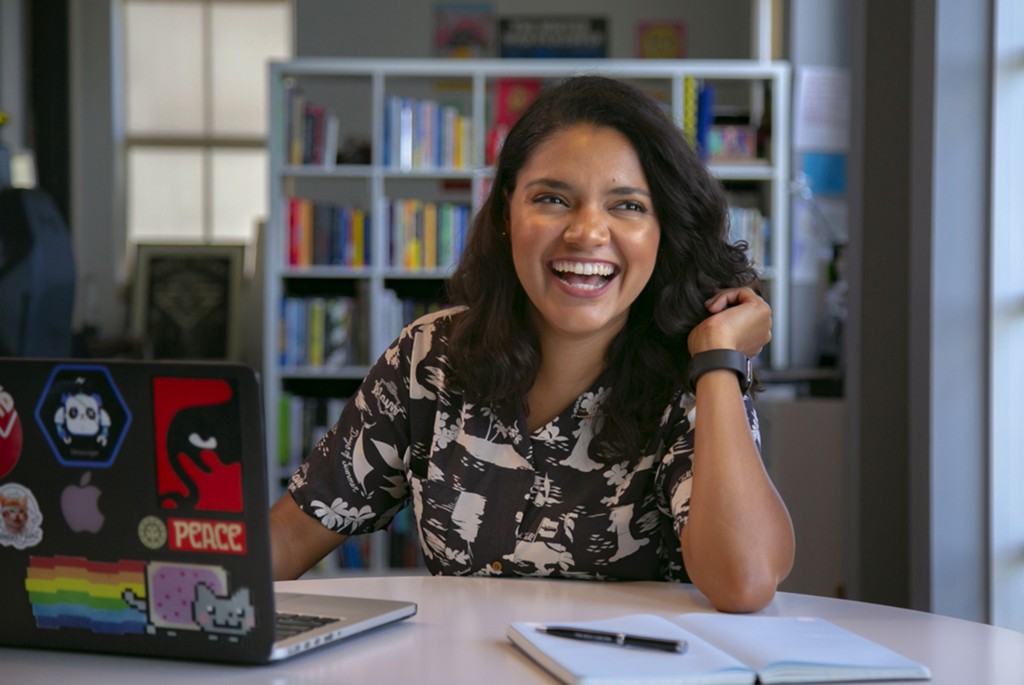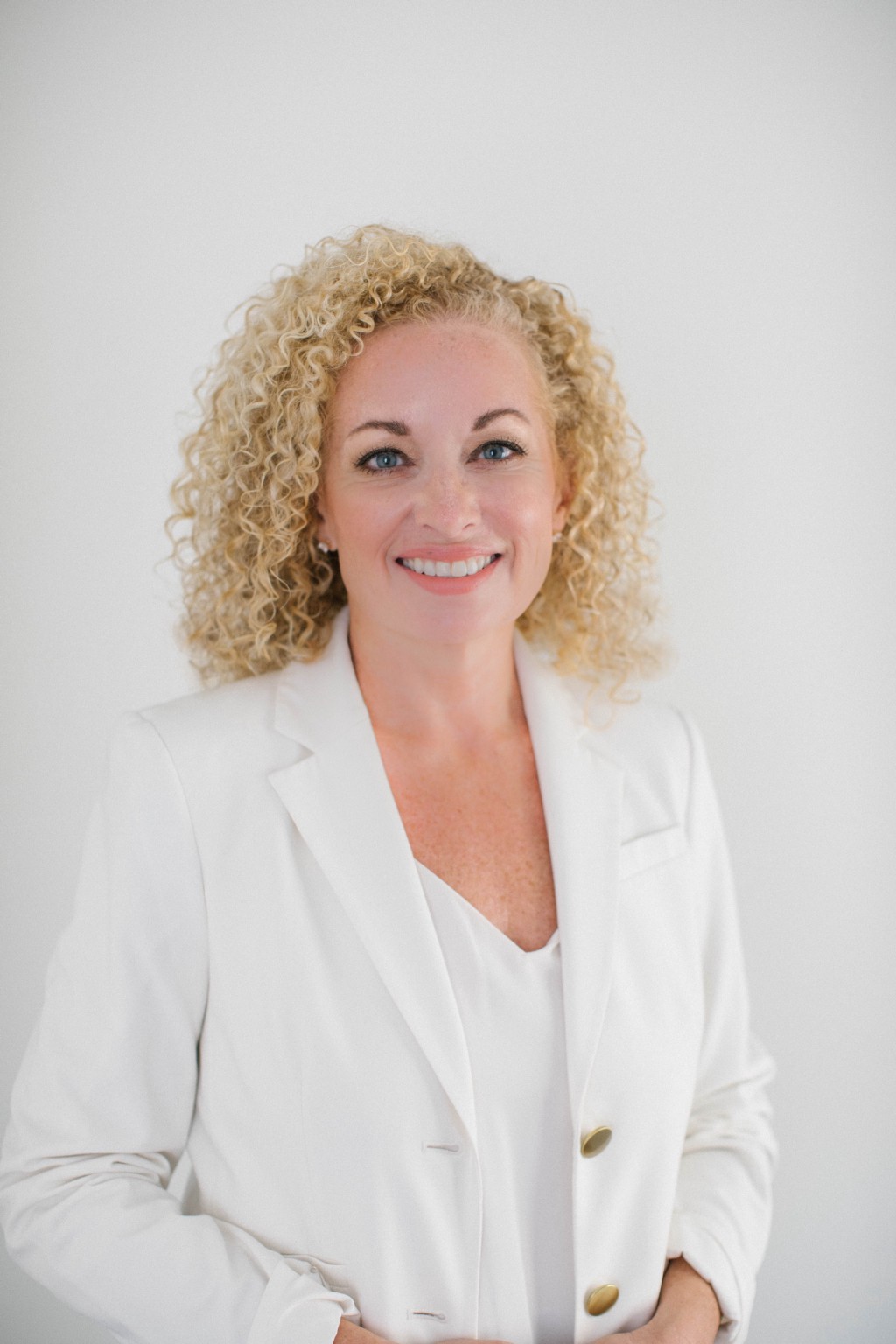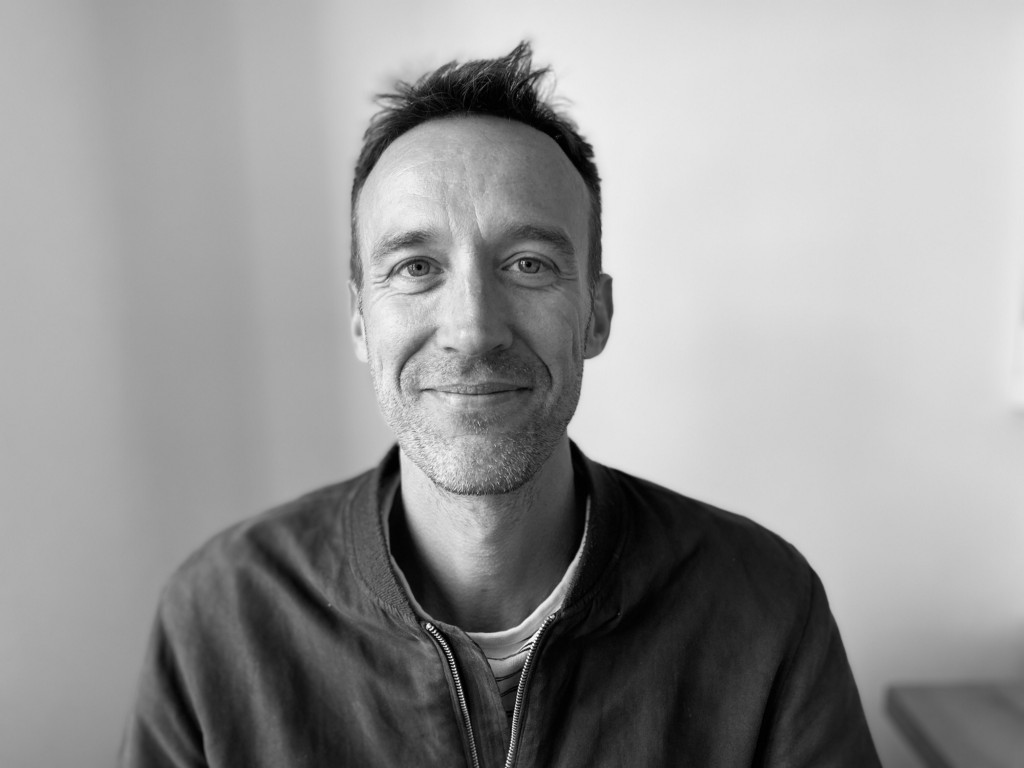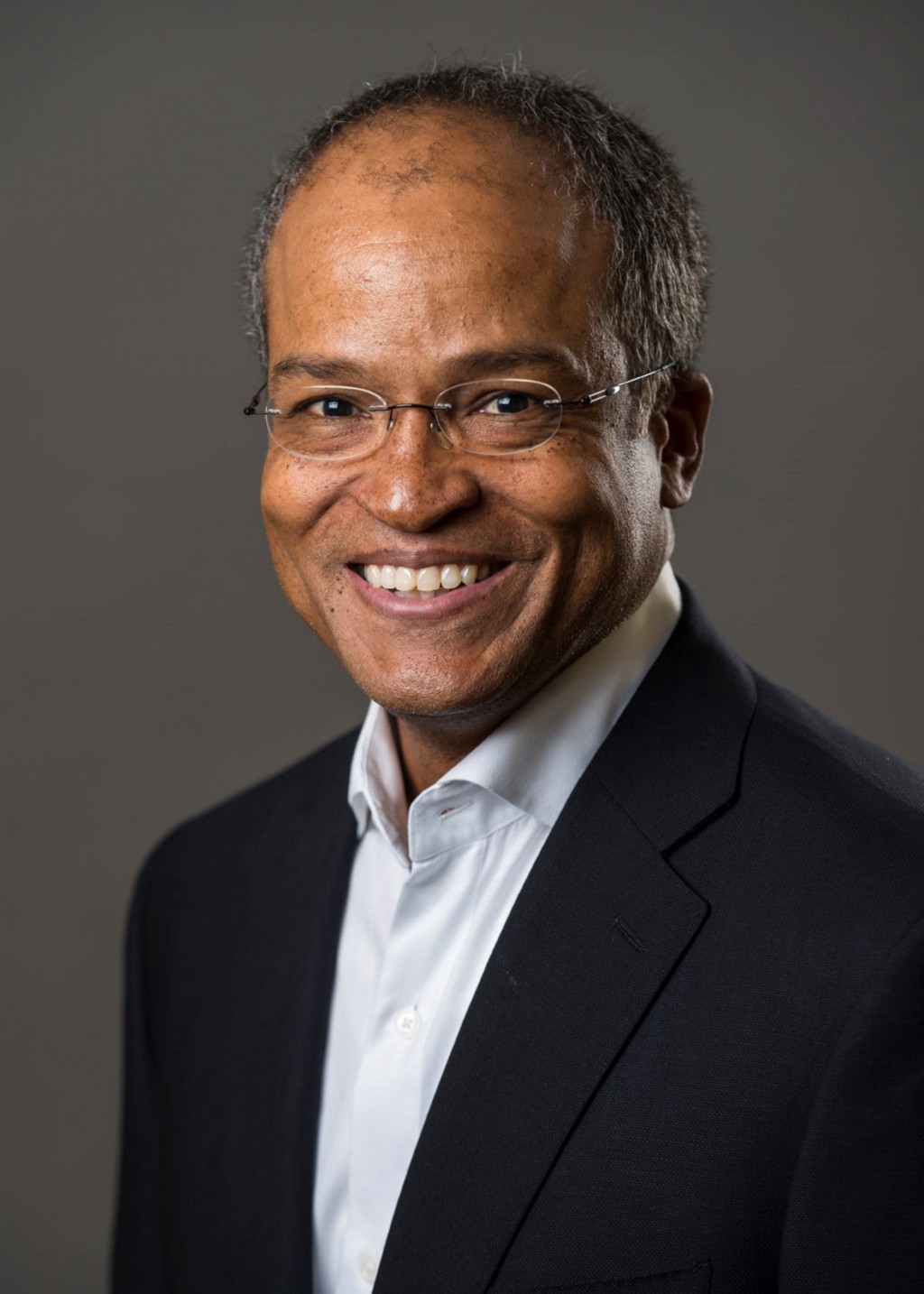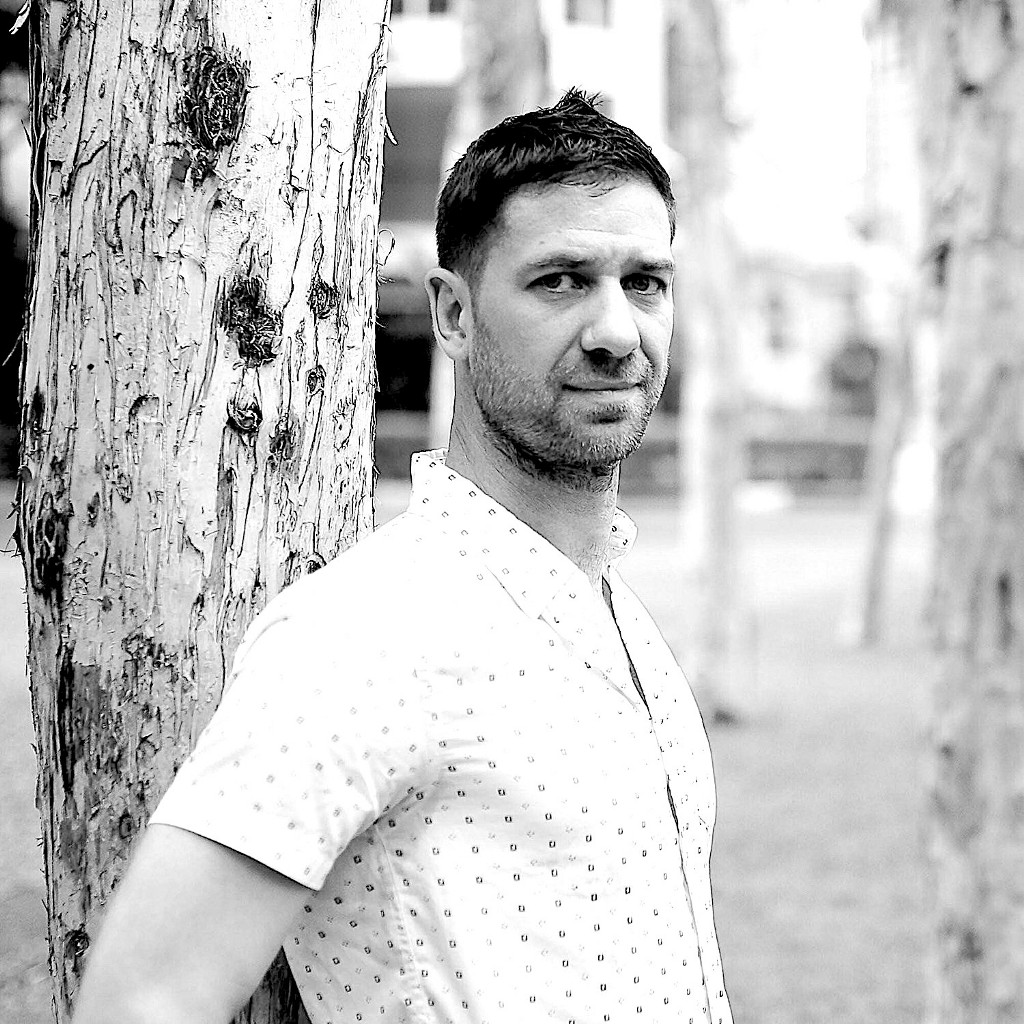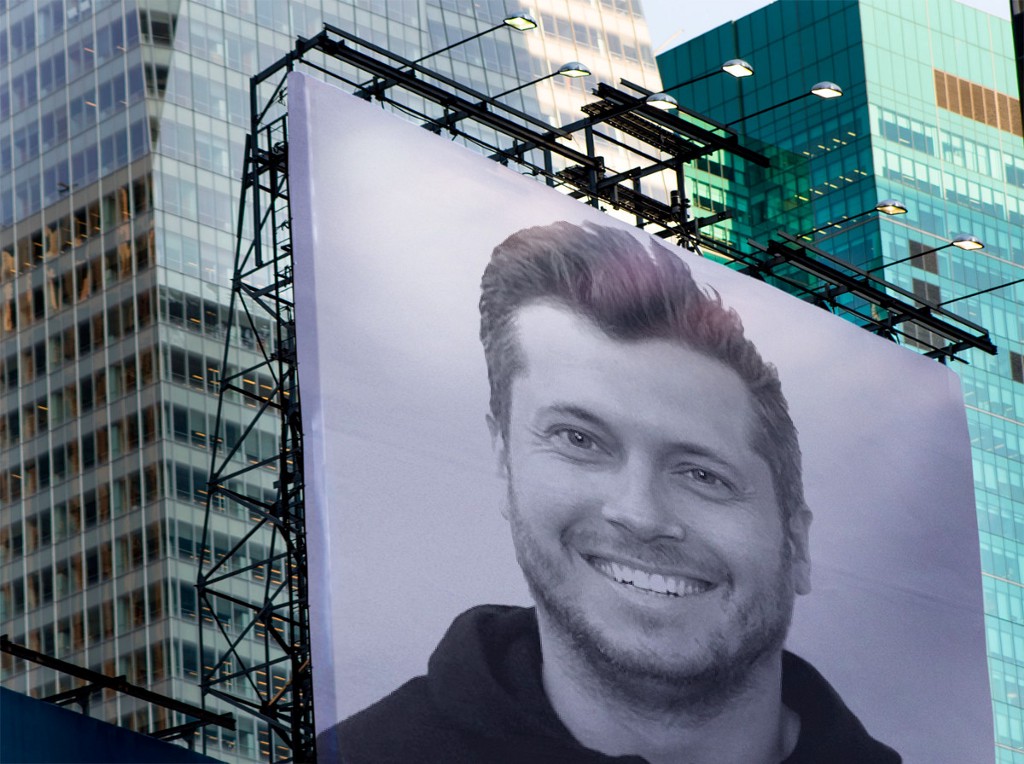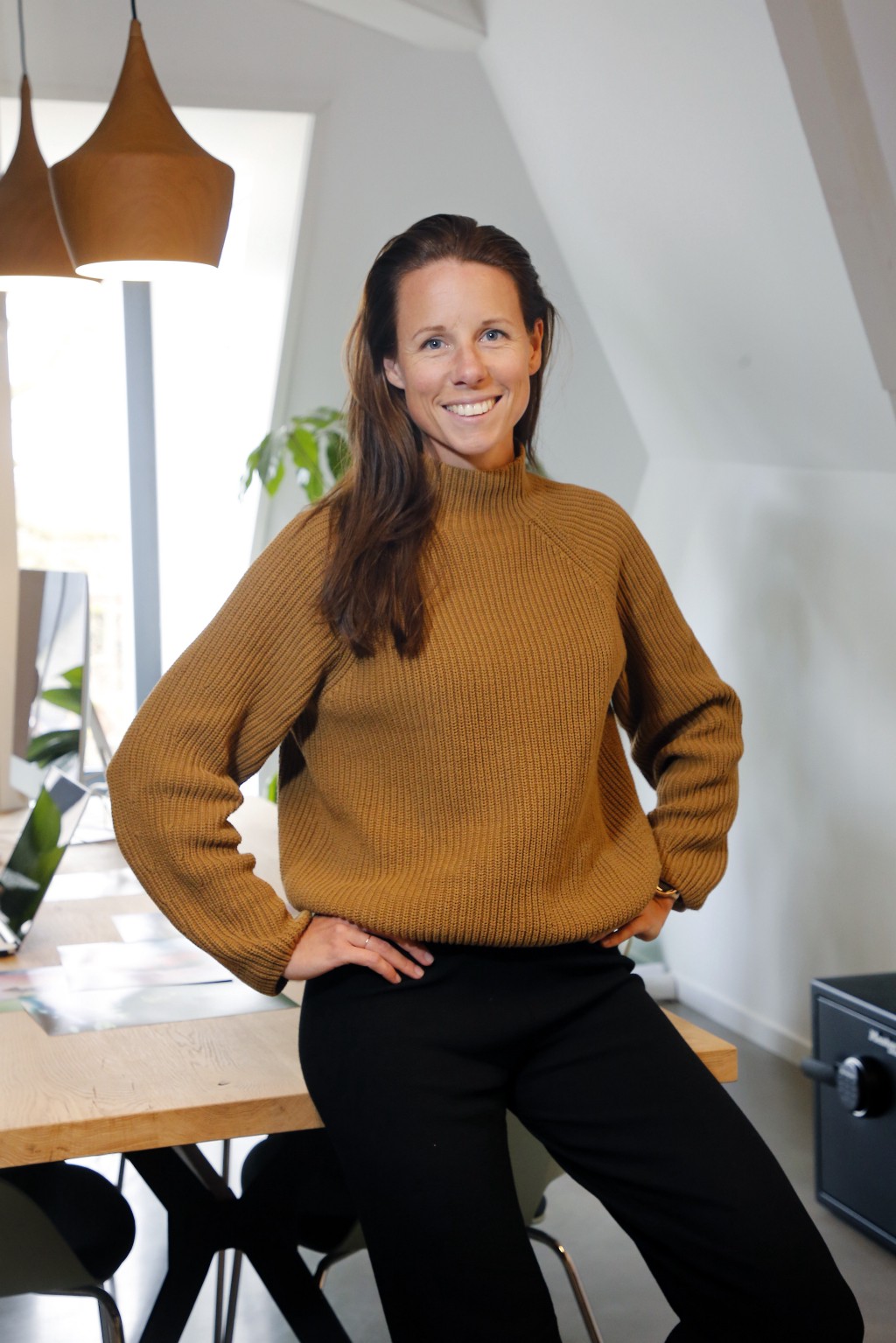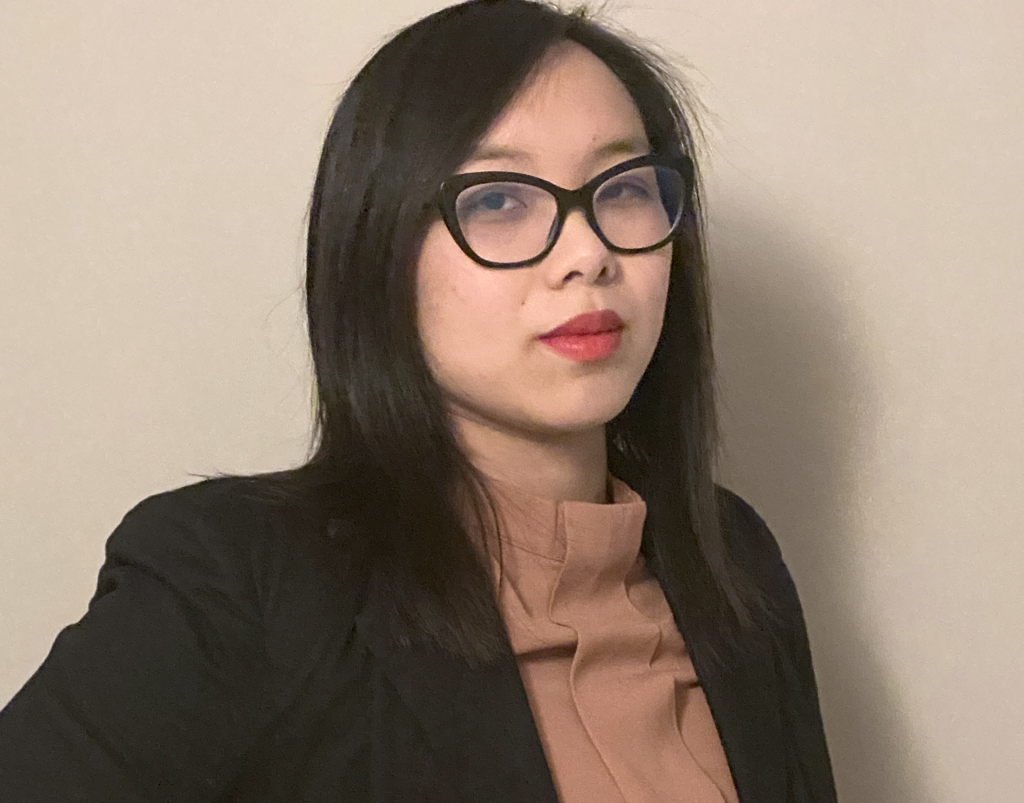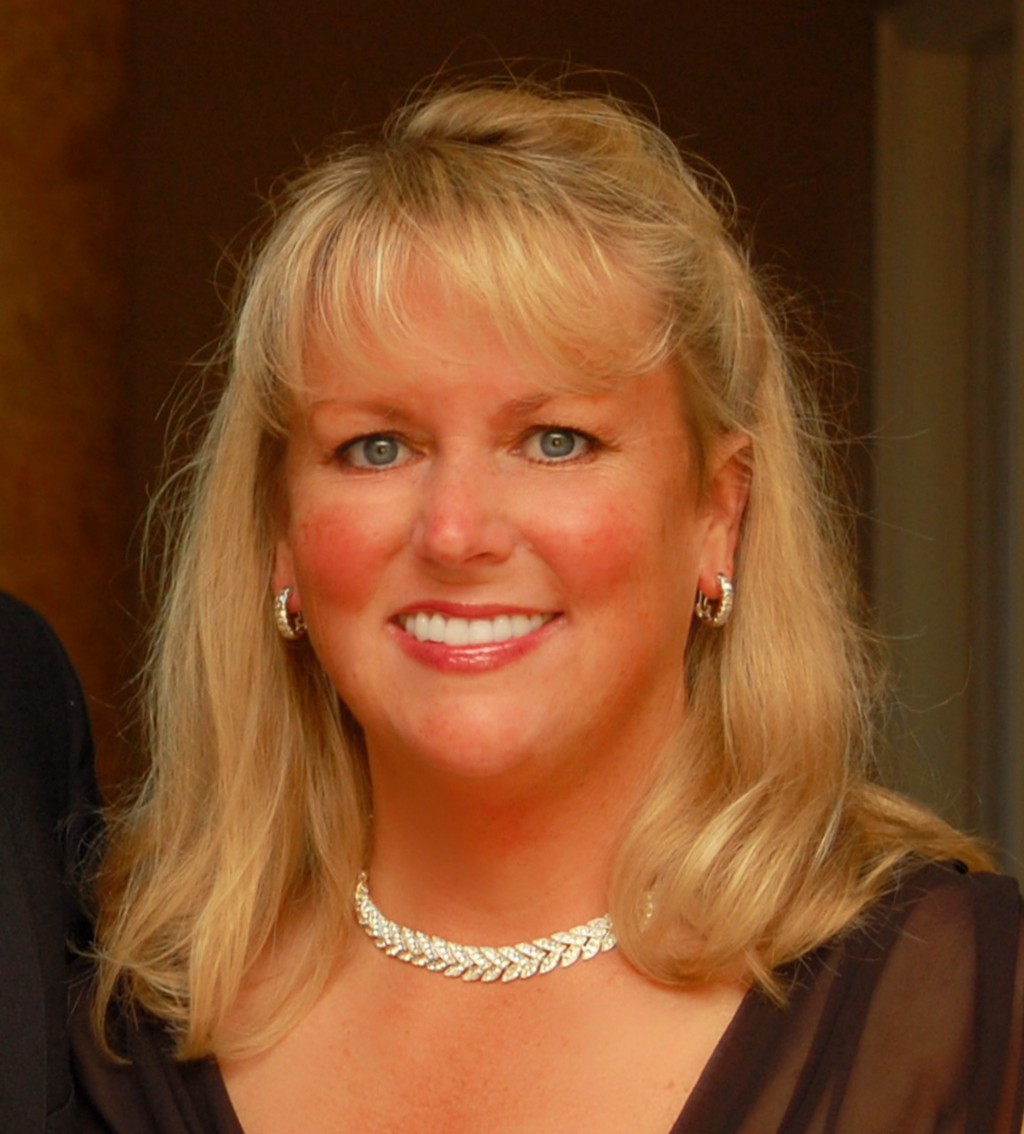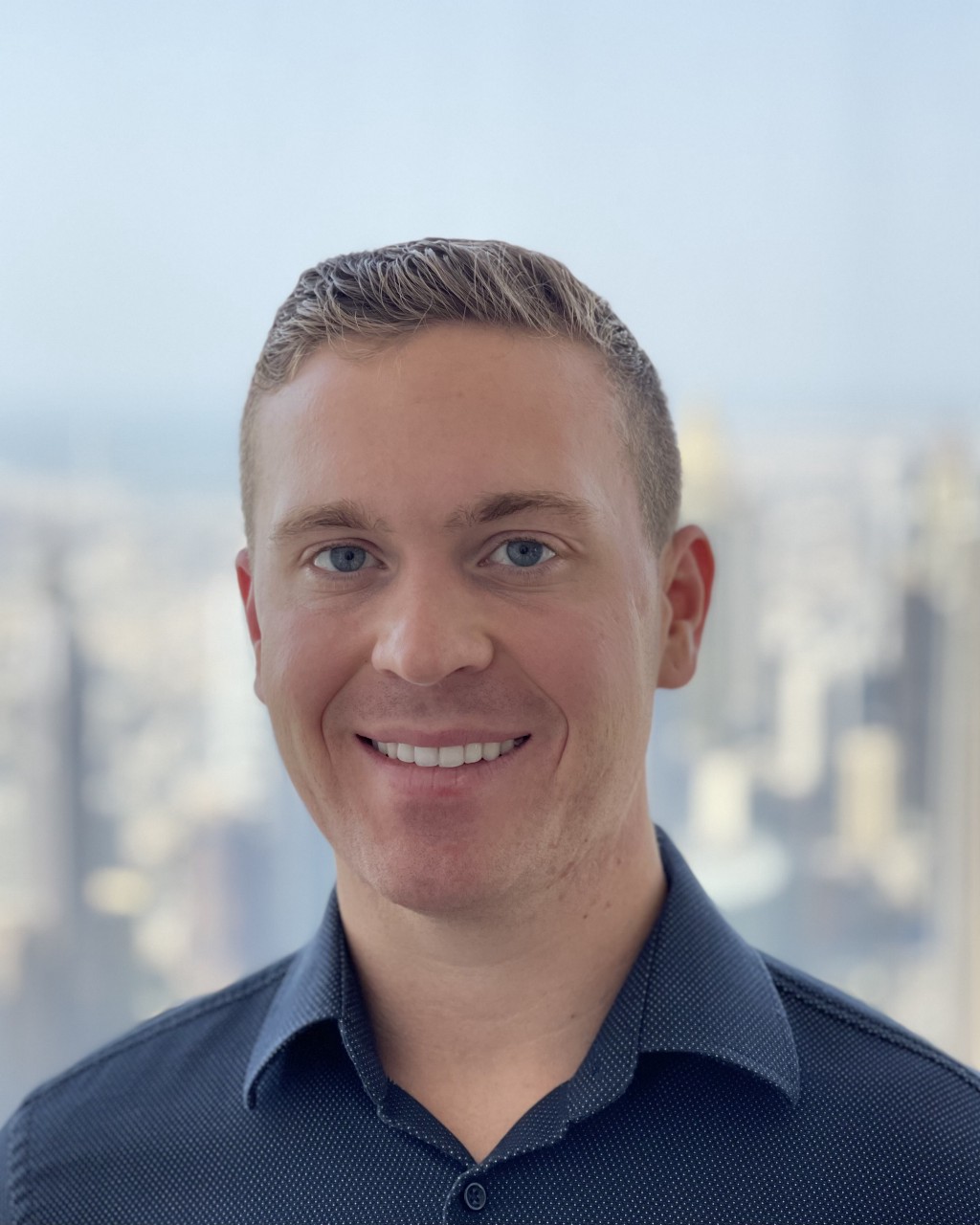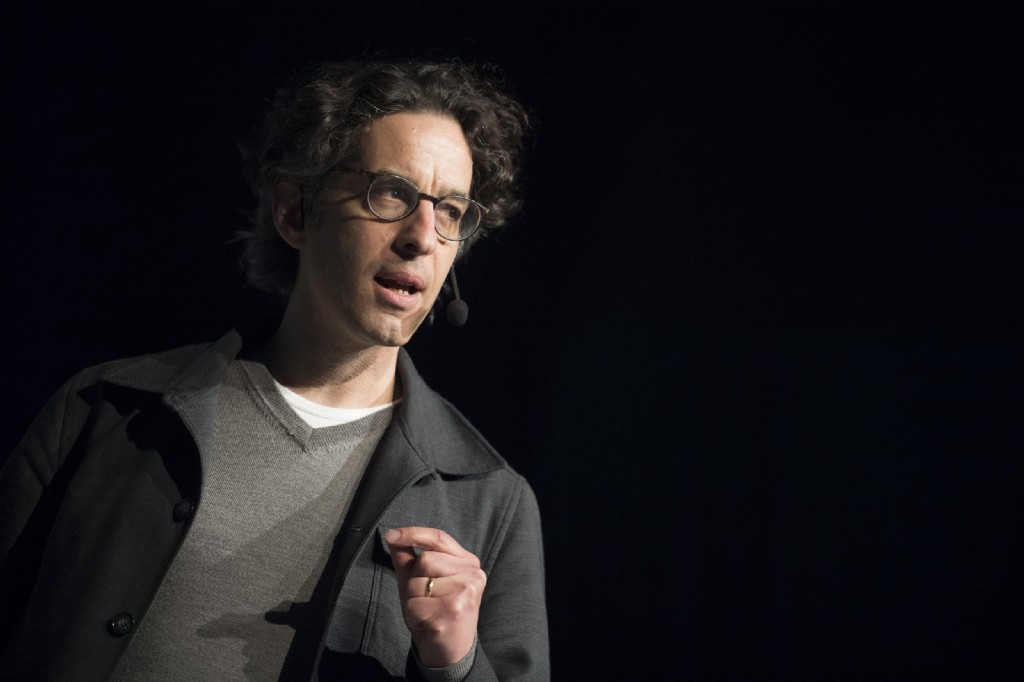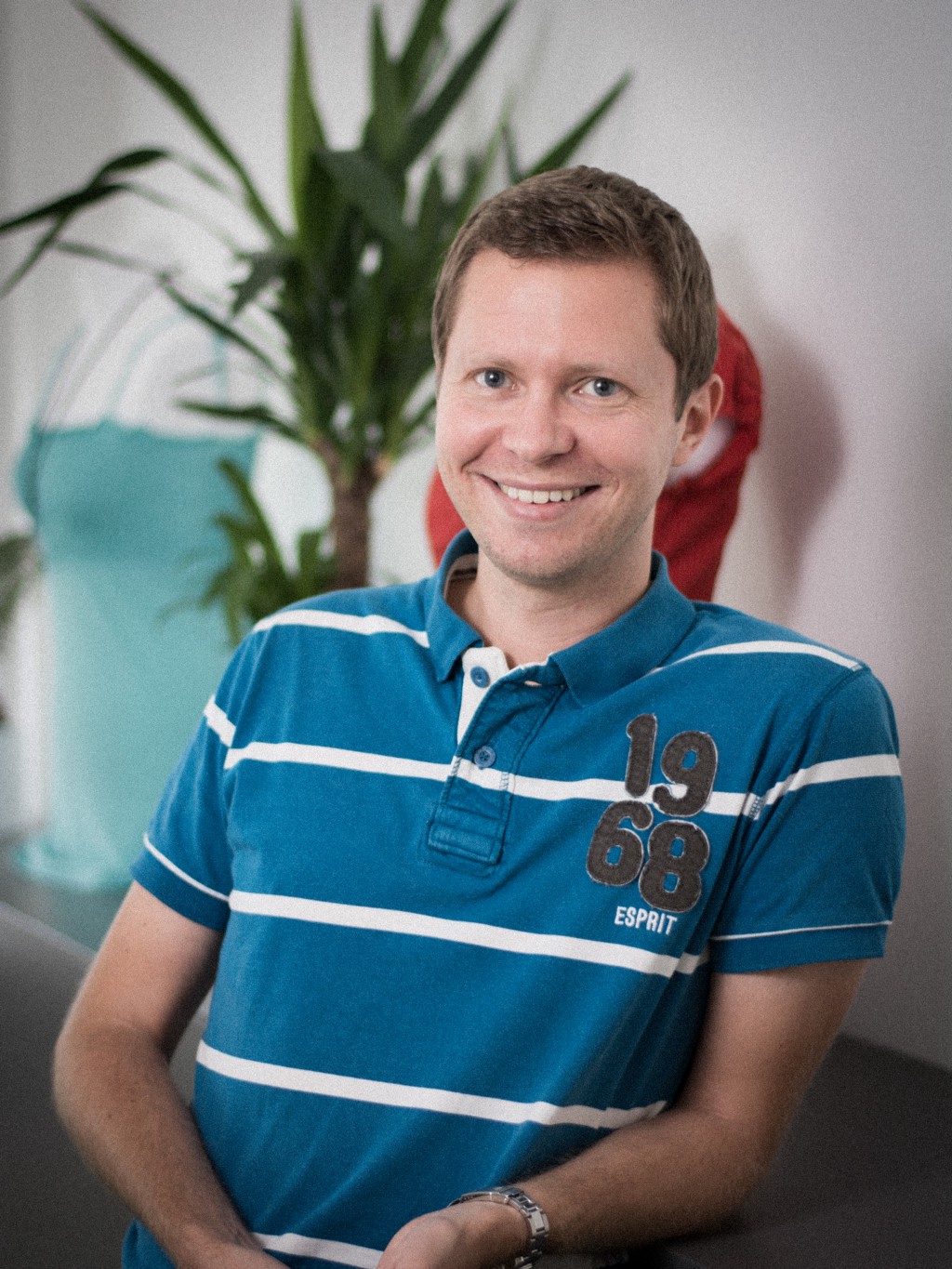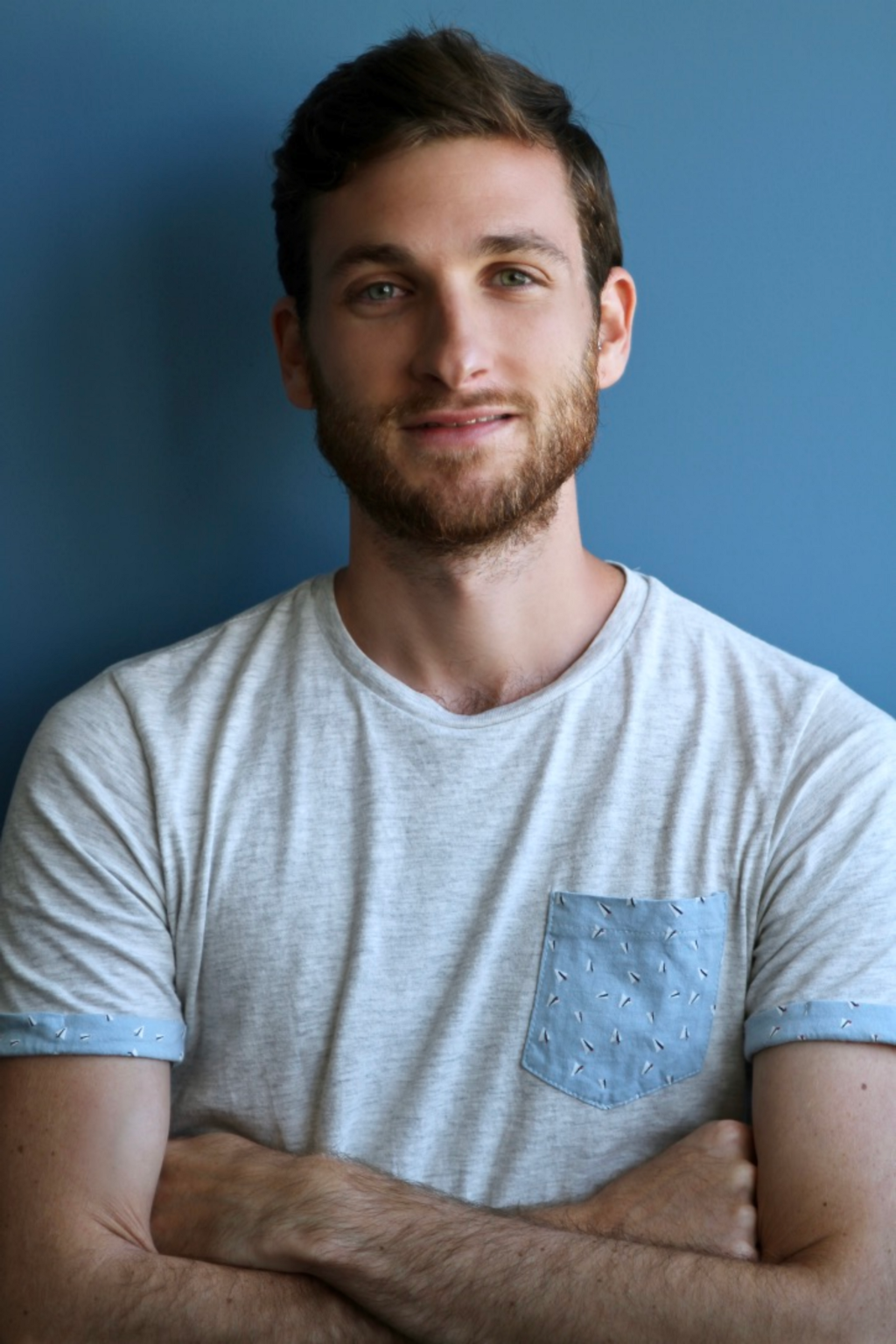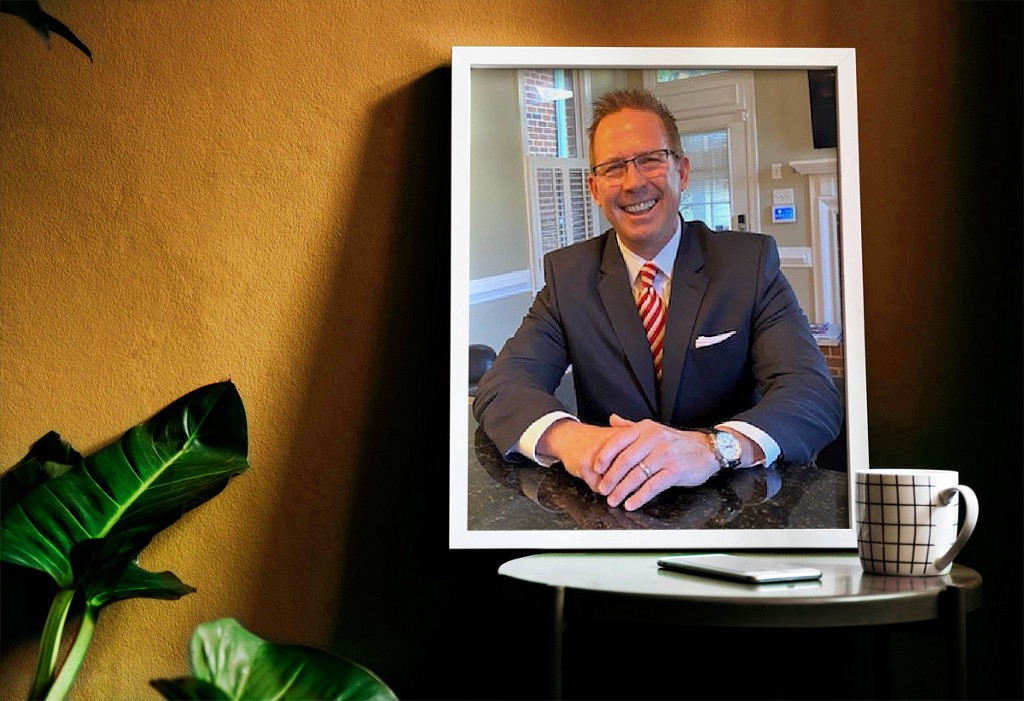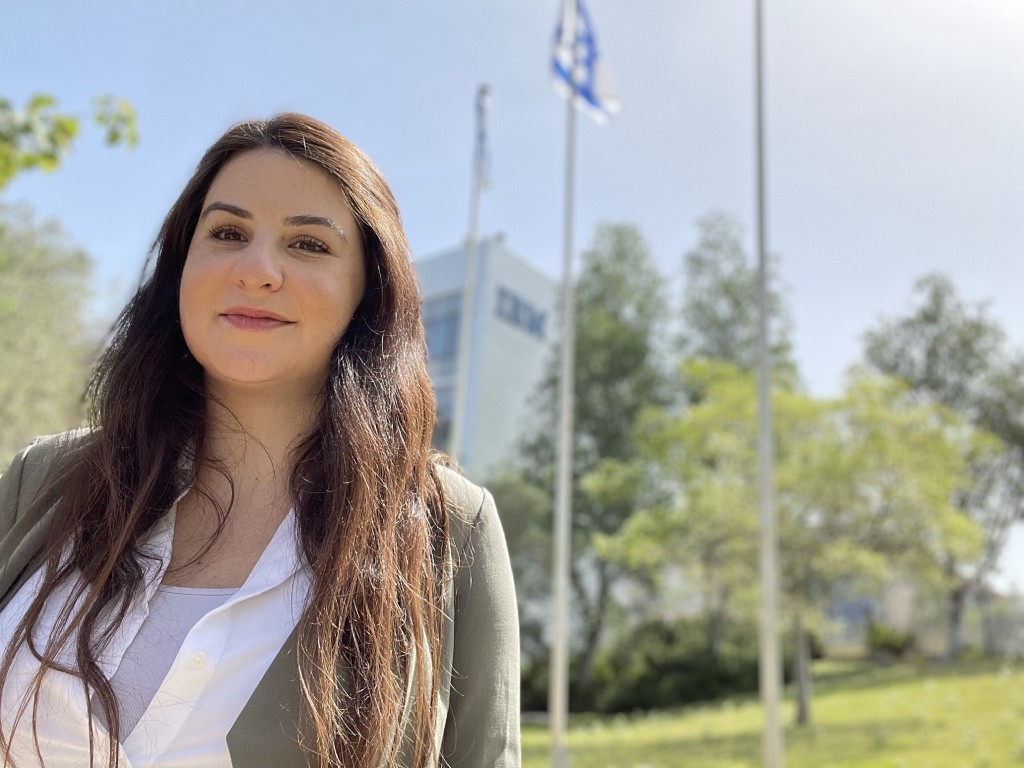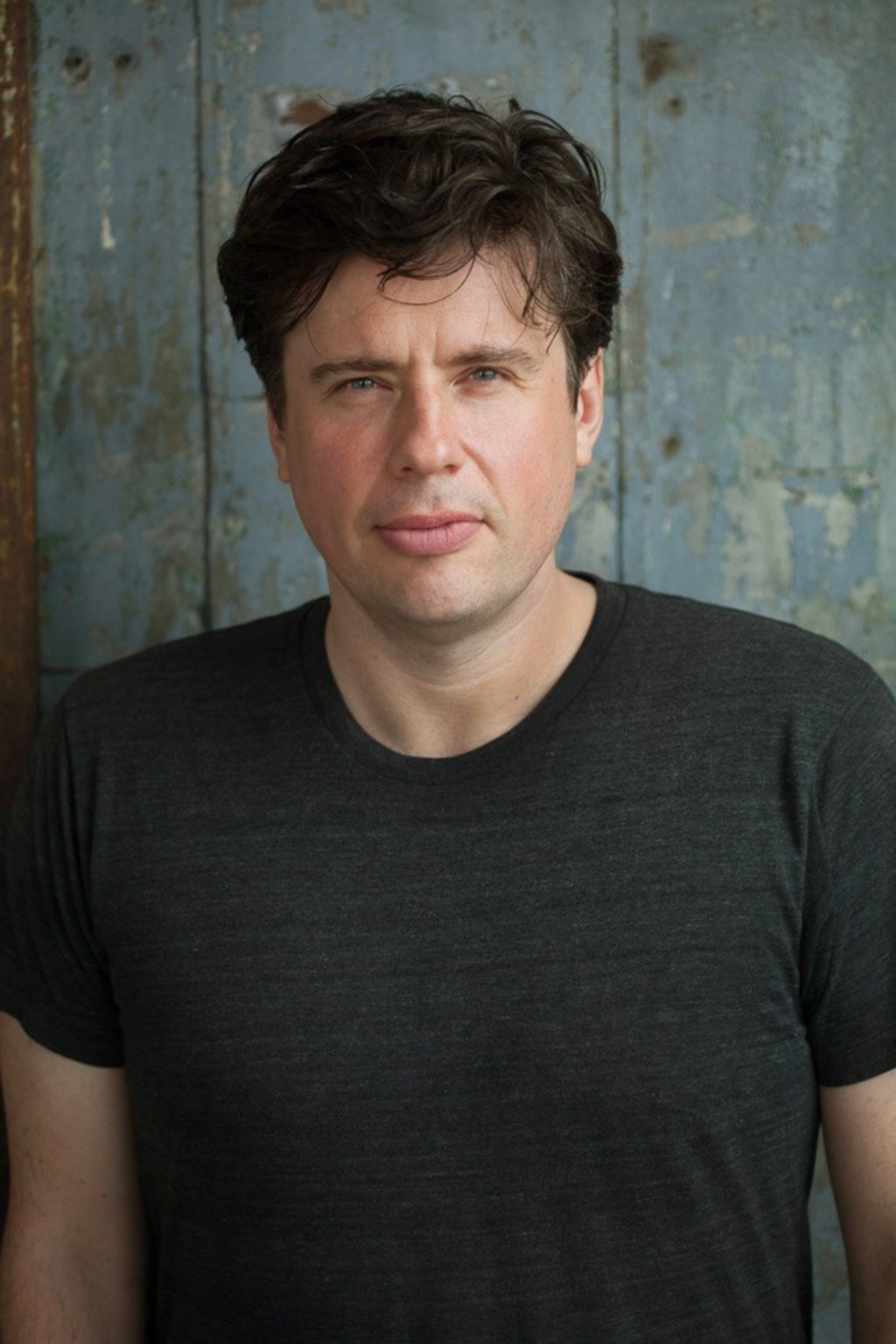Wisdom From The Women Leading The VR, AR & Mixed Reality Industries, With Danielle Burnstein of Sixense Enterprises
Trust your team and allow them to do what they do best. Leaders are at their best when they empower their team to do what needs to be done. If you micromanage, you’ll wind up piling more work on your plate, but if you empower your team, not only will things be much smoother, you’ll all be more enthusiastic and willing to share creative ideas.
As a part of our series about cutting edge technological breakthroughs, I had the pleasure of interviewing Danielle Burnstein.
Danielle Burnstein is the vice president of business development at Sixense Enterprises Inc., a leading developer of immersive computing solutions for companies across industries. An experienced strategist, Danielle comes from a diverse background in investing, entertainment, and technology. Prior to Sixense, Danielle focused on corporate strategy and strategic initiatives at Ingrooves, the media technology subsidiary of Universal Music Group. While there, Danielle spear-headed Ingroove’s VR/AR initiative where she developed strategies for implementation of immersive computing products for artists and independent labels that directly impacted the bottom line. Danielle joined the Sixense team in 2017 and is focused on finding ways to further expand the practical implementations of VR/AR — not only in assisting companies in bringing successful VR/AR solutions to the market — but in ensuring that these solutions improve lives.
Thank you so much for doing this with us! Before we dig in, our readers would like to get to know you a bit. Can you tell us a bit about your backstory and how you grew up?
Like many other people, my path has not been linear. I started out focusing on something I was deeply passionate about, and that passion and ambition wound up leading me to something else entirely. I grew up in the East Bay, and beginning in middle school I played music for four hours every day. By the time I started at UC Davis, I was booking concerts. I studied Music and Anthropology there, and interned as an audio engineer for the Warner Music Group. From there, I was hired by INGrooves Music Group, an independent label and artists services organization, where I worked for three years. Eventually, an assignment in this role brought me into the world of Virtual Reality. I’d been asked to look into VR and its potential for music. Looking back, perhaps my boss at the time made a mistake by assigning this to me, because I found it so fascinating that I wound up completely pivoting, and pursuing my career in VR.
Is there a particular book, film, or podcast that made a significant impact on you? Can you share a story or explain why it resonated with you so much?
In the 4th grade, I begged my mom for Dale Carnegie’s How to Win Friends and Influence People — this was at the height of young girls starting to bully and be mean in school, and this book helped me to figure out how to navigate these situations wisely. More contemporarily, Jeremy Bailenson’s books Infinite Reality and Experience on Demand were also influential for me, and helped me to better understand the incredible potential of immersive technologies.
I’m also generally inspired by writers in Science Fiction, who are able to envision futures that bring hopeful (or cautionary) outlooks to the present. Working in the XR space often feels like inventing the future, and I draw particular inspiration from Ursula Le Guin, whose work incorporates sociology and philosophy to construct deeply compelling work.
Is there a particular story that inspired you to pursue a career in the X Reality industry? We’d love to hear it.
Before joining Sixense, while I was still working on my research assignment for IMG, I had a meeting with Bob Shaw, who is one of our Sixense board members. At this point I was still wondering about whether the excitement surrounding immersive computing technology was a fad or gimmick, or if the potential I kept hearing about was real. In the meeting, Bob mentioned that his wife, Deb, had suffered a stroke that resulted in a loss of cognition and motor function. He told me about the progress she had been able to make by coming into the Sixense office and using a prototype the team had created. The strides she had made in such a short time were profound, and any uncertainty I had about the potential for VR to improve people’s lives quickly vanished.
Can you share the most interesting story that happened to you since you began this fascinating career?
It’s hard to pick just one — but that doesn’t mean there’s a shortage of material. Seeing the looks on people’s faces as they enter a virtual environment for the first time is always incredible. We’ve all seen those funny videos of people who are utterly convinced by the environment they’re in, so much so that they forget what’s going on in the real world and do something silly, like fall over or run into a wall. I’ve seen plenty of things like that happen first hand, and aside from the comic relief, they are reminders of the power of VR: if you can truly convince a person’s brain that they are in a different environment, there is so much you can teach them. At Sixense, we respect this power and are focused on using it wisely.
Can you share a story about the funniest mistake you made when you were first starting? Can you tell us what lesson you learned from that?
Wow, I have the perfect answer for this. When I first started at Sixense, I would frequently test out our products, but for some reason, I couldn’t quite master the movement, I couldn’t pick things up or trace effectively with the controllers. I figured there was just a learning curve, and everyone else just had the right muscle memory down. Of course, I was too proud to ask for help, or why it wasn’t working for me. This went on for over a month, until finally someone told me that I had been holding the controllers wrong the entire time.
At that moment I was embarrassed… But looking back, it was a good lesson that no matter how accomplished you feel, you’re never done learning, ever, and being too proud or shy about asking for help only gets in the way of your growth.
None of us are able to achieve success without some help along the way. Is there a particular person who you are grateful towards who helped get you to where you are? Can you share a story about that?
Two people come to mind, and the first is Bob Shaw, our board member who I mentioned earlier. Getting to know Bob was one of my main motivations to become involved with this industry. Early conversations I had with him really opened my eyes to the potential of this technology — and with advice from all his years of success in business, he was very clear about the importance of looking at mistakes as opportunities to learn and grow.
The second has got to be Bob’s wife, Deb. She has had three strokes, and served as patient zero for the development of the prototype I mentioned earlier, which is now known as the REAL System. I can think of nobody who exemplifies resilience the way she does — not only by doing 8 hours a day of rehab and diagnostic work, which in itself is exhausting, but also by becoming a champion for other people who are recovering from strokes by providing resources and encouragement to them. She founded the organization Champion the Challenges, which provides resources for stroke survivors and helps them find the right fit in terms of resources, which ultimately helps to improve outcomes over a one-size-fits-all approach. I’m really inspired by both her personal journey and the way she has been able to give back.
Are you working on any exciting new projects now? How do you think that will help people?
The things I’m the most excited about right now are the products we are developing for rehabilitation and training. Currently, we’re seeing a lot of real-world validation of our technology across our different platforms, which give people the tools they need to improve their health and learn new skills. There have been quite a few studies demonstrating the benefits of immersive technology for these applications, and they are broad: cost reduction, knowledge retention, more engaging rehabilitation outcomes, and increased consistency across the board.
Moreover, while improving outcomes — which to me is exciting on its own — the products we’re bringing to market also generate important data that can be used by doctors, teachers and scientists to improve immersive technology in the future.
A great example of this is the REAL System, which is an FDA-approved, custom VR solution for stroke rehabilitation. It is designed to improve outcomes simply by putting patients in a more engaging environment. It transports patients to a virtual world, then guides them through exercises with a therapist, all while precisely and accurately tracking the physical movements in 3D space much more precisely and accurately than has ever been possible with traditional analog therapy. This benefits providers, researchers, and of course the patients themselves.
Ok super. Thank you for all that. Let’s now shift to the main focus of our interview. The VR, AR and MR industries seem so exciting right now. What are the 3 things in particular that most excite you about the industry? Can you explain or give an example?
First I think is the growing level of engagement. We’re seeing a lot of activity in the hardware space from bigger companies like HTC, Sony and HP, which points to a healthy amount of interest both from investors, companies and consumers. I think that once some of the more obvious barriers, such as consumer cost and current hardware limitations are overcome, we’ll begin to see adoption proliferating.
Second is of course in software, where we’re starting to see all sorts of new immersive tools that can help us improve our lives. Along with all the games coming out, we’re starting to see more and more things designed with wellness in mind, and I think that says a lot about the potential for immersive tech to have a positive impact.
Third, and perhaps most importantly, is the potential for immersive tech to bring more resources to more people. Being able to access things like skill training or a speaking event in a virtual environment makes it possible for people to learn and grow in a way that was not previously not possible.
What are the 3 things that concern you about the VR, AR and MR industries? Can you explain? What can be done to address those concerns?
At Sixense, we’re fortunate to have a culture that values ethics and the empirical process over quick profit. Our products are designed to make the world a better place, and we take that worldview seriously. In line with this, my main concerns are about the ethical use of immersive technology, the data it generates and the possibility that its potential could be wasted in exchange for profit. We can’t forget about the ultimate goal of healthcare, which is helping and protecting patients. When you have tools designed specifically to track their data for medical records, it becomes important that this is done in a way that is HIPAA compliant.
At this moment, there is potential for VR to democratize access to healthcare and training, simply by increasing access. With telemedicine and training for advanced skills, it could be possible for underserved populations to improve their health, increase socioeconomic mobility, and create more equitable foundations, but only if we approach this new frontier with that sort of equity as a top priority. At the moment, there are some practical barriers to this: consumer cost being the most prohibitive.
I think the entertainment aspects of VR, AR and MR are apparent. Can you share with our readers how these industries can help us at work?
Entertainment is clearly a driving factor in the XR industry, and it has a complicated effect on the rest of the space. This is neither unwelcome or unnatural: using a new technology to delight audiences and engage public interest is a long-lasting trend in media, from the Renaissance to streaming video. What this means, however, is that the potential for pure entertainment can overshadow some of the more practical use-cases like training, healthcare, and advanced skills. When I look at some of the skill training VR applications out there, such as the welding training platform we developed in collaboration with Lincoln Electric, I can’t help but picture the amount of resources that will be saved in the future: if students learn to weld by consuming only a fraction of the aluminum necessary for a welding certification today, that alone would have a huge impact on both efficiency and the environment. On top of that, I often think about the direction of the welding industry; with the average age of a welder at around 55 in the US and less than 20% under 35, it’s on the decline despite the fact that the need for good welders is only increasing. With a generation of master welders now entering retirement age, there is a huge wealth of knowledge that could be lost if we don’t find a way to pass it on. VR almost completely solves this issue by creating safe, repeatable and reliable content to help people enter an artful and lucrative career. If you expand this thinking to other advanced skill training, a cascade of possibilities emerge.
Are there other ways that VR, AR and MR can improve our lives? Can you explain?
Absolutely. One of the things that makes human beings so special is our ability to adapt — be it to cold weather, local food sources, or the demands of a modern world, we have enormous potential to grow and evolve, both within our own lives and as a society. What makes this possible is neuroplasticity. Our brains evolved to recognize patterns of animal behavior, weather, and other natural phenomena, to influence our surroundings for our betterment. Now, with modernity creating new challenges to our wellbeing, be it our health, our skills, or perceptions of our neighbors, XR presents us with a new way to quickly adapt, learn, and overcome some of our oldest adversaries, such as mental and physical illness and limited access to training. It can even improve our ability to show empathy.
Let’s zoom out a bit and talk in broader terms. Are you currently satisfied with the status quo regarding women in STEM? If not, what specific changes do you think are needed to change the status quo?
I think that in a lot of ways progress is being made, but there is of course more that needs to be done. It’s clear that this discrepancy between men and women in STEM fields is the result of a type of thinking that permeates all aspects of life, from the very beginning. Speaking from personal experience, when I was young and deciding between an advanced math course or an advanced art course, mentors or peers would say ‘pursue art! You don’t need math.’ This message would come from fellow students, teachers, even my guidance counselors. Looking back, it’s easy to see how omnipresent the conceptions of gender-norms are, and the effect they have on the choices you make.
Presently, I see a lot of progress in terms of women in leadership positions at a given company, but less of a presence on boards. Similarly, we see more women in marketing and commercial efforts, but less on the development and technical side of things. Even now, when asking why, I still hear that it’s a ‘question of inclination.’ Really? Well, perhaps we should take a look back at how we foster these inclinations from early childhood onward, and focus on making sure that young people feel empowered to pursue whatever interest they have, no matter who they are. In short, I believe that great strides are being made, but there is undoubtedly more to be done.
What are the “myths” that you would like to dispel about working in your industry? Can you explain what you mean?
Frankly, the notion that it’s all an entertainment industry. Some of the most valuable tools that VR presents us with are in healthcare and training — the potential for VR to engage the plasticity of our minds and to help us learn and grow is huge, and it’s sadly overshadowed by the public perception of this technology as just video games. That’s not to say I don’t enjoy the occasional round of Beat Saber, I just see the platform reaching so far beyond that, and really touching people’s lives in a way that goes beyond entertainment.
What are your “5 Leadership Lessons I Learned From My Experience as a Woman in Tech” and why? (Please share a story or example for each.)
- Lead with kindness and respect. I can’t stress enough how important a positive attitude is when leading a team to accomplish a goal.
- Always ask questions. No matter the context, you’ll do a better job if you’re able to speak up, clarify and get a better sense of a situation. I promise that questions, no matter how dumb you may think they are, are preferred to silence.
- Trust your team and allow them to do what they do best. Leaders are at their best when they empower their team to do what needs to be done. If you micromanage, you’ll wind up piling more work on your plate, but if you empower your team, not only will things be much smoother, you’ll all be more enthusiastic and willing to share creative ideas.
- Do not frown upon mistakes — they are a sign that you and your team are developing and growing.
- Continuously show your team the real meaning and value behind the work you are doing. Give real world examples of how it is improving lives. We all want meaning from our work — sometimes we get too bogged down with the details to remember it.
- Have some fun! Life is short. We all need to have some fun. Encourage group bonding activities.
You are a person of great influence. If you could inspire a movement that would bring the most amount of good to the most amount of people, what would that be? You never know what your idea can trigger. 🙂
I think democratization of healthcare would represent a huge leap in our ability to overcome inequity, in terms of culture, economics, and many other factors in life.
For an example of this, we need look no further than the recent transformations in healthcare brought on by the Coronavirus pandemic. In many cases, general practitioners and specialists have begun meeting patients virtually, which has had a streamlining effect on their appointments, increasing their availability. From the patient’s perspective there are also benefits — rural communities that might otherwise have to travel hours for healthcare can be seen immediately, or people seeking help with depression or anxiety can connect with a therapist from the comfort of their homes. Of course, there are many important parts of healthcare that must happen in person, but Covid safety protocols have had the unintended effect of showing what’s possible when we embrace telemedicine — and by extension, healthcare delivered in an immersive digital environment. What we’re seeing right now is that this kind of access is possible, and I think bringing healthcare to a place where it is more readily accessible to all could really change the world.
We are very blessed that very prominent leaders read this column. Is there a person in the world, or in the US with whom you would like to have a private breakfast or lunch, and why? He or she might just see this if we tag them 🙂
I know this is probably not exactly what you are looking for here, but I’m going to have to answer it this way: my brother, who just recently passed away. After the most courageous battle against physical disease and mental ailments, he took his own life. I would want him to know that I am fighting for causes that meant so much to him every single day. That his legacy- one that is rooted in providing care to those that need it most will continue to live on forever. I am eternally grateful that I get to dedicate my time to a technology capable of improving patient outcomes for people like my brother and many more.
I want my brother to know that he will never be forgotten, and that he will live on through the change my team and I are able to bring to the world.
Wisdom From The Women Leading The VR, AR & Mixed Reality Industries, With Danielle Burnstein of… was originally published in Authority Magazine on Medium, where people are continuing the conversation by highlighting and responding to this story.

